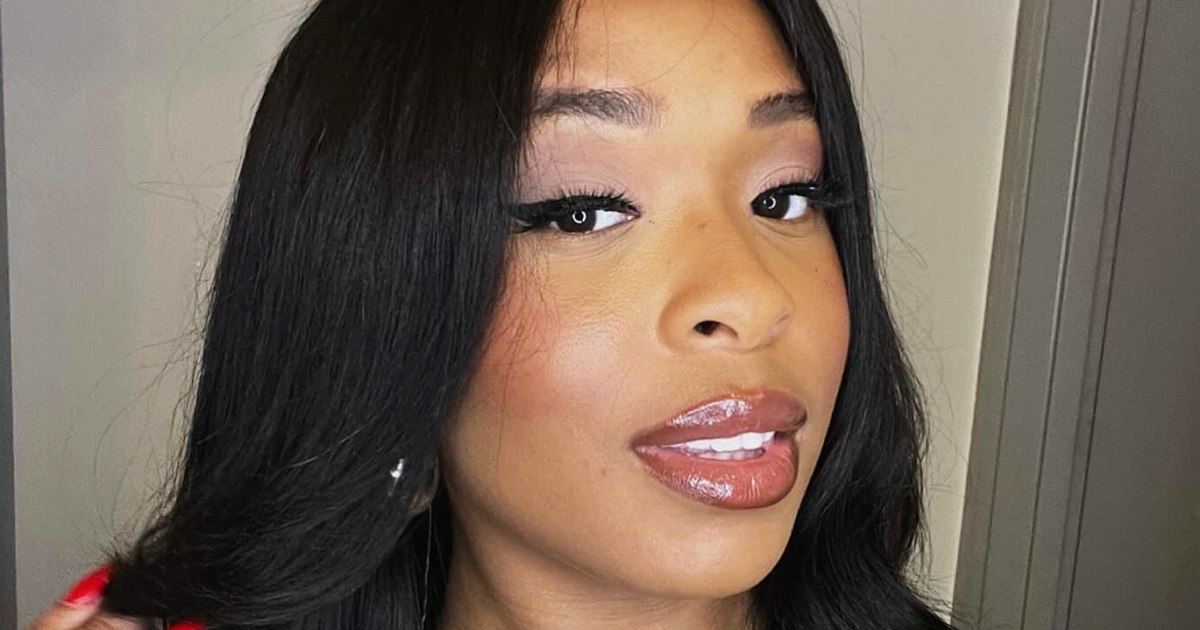The authors of the recently released musical film
In The Heights
, who had set out with the film to bridge the gap of Hispanic representation in major Hollywood productions, apologized on Monday for the lack of "sufficient representation of dark-skinned Afro-Latinos" after that the musical received strong criticism
for not including black Hispanic actors in any of the leading roles.
"In trying to paint a mosaic of this community, we fell short. I'm really sorry," Lin-Manuel Miranda, the creator of the film, which is based on his acclaimed 2008 Broadway musical, apologized in a tweet. He received three Tony Awards and was nominated for a Pulitzer for Theatrical Works in 2009.
Lin-Manuel Miranda accepts that his new film fell short with Afro-Latinos and promises to improve
June 16, 202101: 12
"I have heard that, without sufficient representation of dark skinned Afro-Latinos, the work feels like it did not quite portray the community that we wanted so much to represent with pride and joy," he added, and promised to "do better in future projects."
The apology was retweeted by the musical's co-writer, Quiara Alegría Hudes;
and the film's director, Jon Chu.
The criticisms of
"colorismo"
- a term that has its roots in Latin America and is often used as a
synonym for racial whitening
- against
In The Heights
(In the neighborhood, in Spanish) began from its very premiere in theaters in the United States, the June 10, although it was available on HBO Max from a little before.
In this image released by Warner Bros. Picures, the leading actors Anthony Ramos and Melissa Barrera appear in a scene from "In the Heights."
AP
Afro-Latinos and activists have noted that, although
the film has substantial merits such as making the struggles of the Hispanic community more complex in this adopted country
, it does fall short of the portrait of the New York neighborhood in which it focuses, Washington Heights, where a Most of the residents are dark-skinned, curly-haired immigrants from countries like the Dominican Republic, Cuba and Puerto Rico.
The only black-skinned character in the main cast, Benny, is played by actor Corey Hawkins.
But his character is not Latino and neither is the actor.
The rest of the main characters (Anthony Ramos, as Usnavy; Melissa Barrera, as Vanessa; Leslie Grace, as Nina Rosario) are played by actors with light or white skin.
[Why does racism against black people persist within the Hispanic community if they are all part of an oppressed minority]
The claims of lack of inclusivity in the film were amplified after the director, Jon Chu, defended that many Afro-Latin actors did appear as dancers in different scenes.
"Didn't you see them among the dancers?" Chu said when interviewed by Afro-Latin journalist of Cuban descent Felice León of The Root.
She replied that Afro-Latinos had already appeared in movies in secondary roles.
"We appear as dancers and we appear (as workers) in beauty salons, and this and that. But
a leading role: that would have been a breakthrough
," León said.
Afro-Latino or darker-skinned actors only appear in supporting roles and dance scenes in Lin-Manuel Miranda's film.
AP
Chu, the director of the
2018
hit movie
Crazy Rich Asians
, was also singled out for racial whitening with the film due to the lack of actors from South Asia, which seemed offensive to some, considering the film takes place in Singapore. and that Indians are the third largest ethnic group living in the metropolis.
The few South Asian faces that did turn up filled the roles of domestic workers and security personnel.
Chu said he understood the criticism against him and promised,
"I will not make that mistake again."
Before the controversy with
In The Heights
, the most recently highlighted audiovisual product of colorism was Selena, the Netflix original series about the short life of the Mexican-born singer who tragically died in 1995. Some noted that the actress who played the Tex-Mex queen Christian Serratos is considerably whiter than she was.
How 'In The Heights', by Lin-Manuel Miranda, is dedicated to immigrants and Latino culture in the United States.
June 9, 202104: 32
A study from the University of Southern California that analyzed 1,200 films released over a decade found that only 4.5% of the roles that have dialogue or whose character has a name are Latino, and only 3% of the actors tend to have roles protagonists or protagonists.
The presence of Afro-Latin characters is not greater.
"While it is true that there are many people in Washington Heights who are not black or do not have dark skin, if we do not deal with the invisibility of black Hispanic people, then we cannot represent a community," Danielle Clealand told Noticias Telemundo. , Afro-Puerto Rican and associate professor of Latino Studies at the University of Texas at Austin.
"Sometimes you have to do even more, to ensure that black people, who have always been erased, are on the screen."
Clealand pointed out that in the original 2008 play, on which
In The Heights
is based
, the character of Benny, the African-American, is rejected by Nina's father because he has anti-black prejudices, and that the film ignored that issue.
"The most desired woman in the film is also the whitest woman," added the expert.
“Everyone is behind Vanessa, sighing 'How cute Vanessa'.
That helps reinforce the stereotype that the image of beauty is a white woman. "
"In The Heights" director Jon M. Chu (far left), along with the film's leading actors and screenwriters, during the premiere at the Tribeca Festival in New York on June 9, 2021. AFP via Getty Images
As an Afro-Latino who grew up and lives in New York, she noted the things in the film that seemed positive to her:
“There are the images of the city that one has lived, the music is great, we have our language
, and the issue of how the Latino community is doing. being displaced by gentrification, because now it is very expensive to be in neighborhoods like Washington Heights, Harlem, and others ”.
Lin-Manuel Miranda had said that he "hoped" that the film would mark a turning point for the representation of the Hispanic community in Hollywood.
Although Latinos are the largest minority in the United States - according to the 2020 Census there are more than 60 million Hispanics in the country - this group has historically been ignored on the big screen or relegated to stereotypical roles such as servants, drug traffickers or folkloric characters and quirky, rather than humans with complex lives and struggles.
[Discriminated, silenced and “erased from history”: this is how Afro-Latin immigrants fight their double marginalization]
"People who in typical Hollywood and Broadway stories are on the margins here are front and center," Miranda told NBC Latino.
"It's a love letter" to the community, he expressed in an interview with Noticias Telemundo.
Despite positive film reviews,
In The Heights'
box office collection has fallen far short of what was expected, since in the four days that followed its premiere in 3,456 theaters around the United States it barely collected $ 11.4 million, a result that some attribute to the fact that it was available on HBO Max before its premiere. The film was expected to gross about $ 20 million in that time frame.















